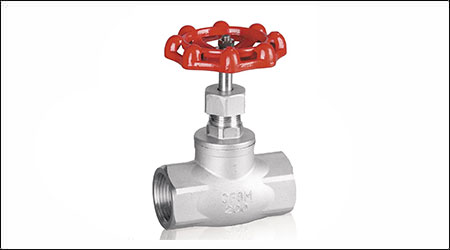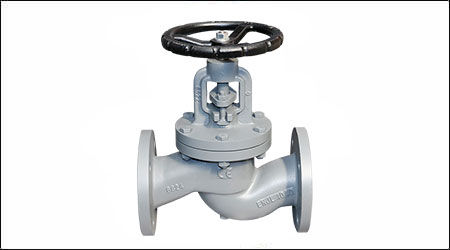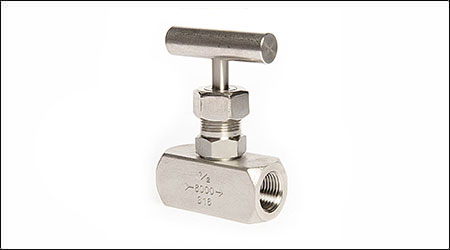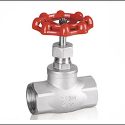Home » Valves »
Globe valves are primarily used in fluid regulation applications. Unlike ball valves, the flow of the medium through globe valves is in one direction. Instead, the fluid enters and rises inside of the body of the valve before exiting on the other side.
These valves are primarily used where throttling of the material is necessary. Through rotating the handwheel the rate of the material flow through the valve can be adjusted. Having the valve seat parallel to the line of flow is an important feature of the globe valve. This makes globe valves efficient for throttling material and resulting in minimal disk and seat erosion. However, it also creates a large amount of resistance within the valve.
Globe valves are not recommended when flow resistance and pressure drop are to be avoided. They are linear motion valves and are primarily designed to stop, start and regulate flow. The disk of a globe valve can be completely removed from the flow path or completely close the flow path.
There are two primary body designs for globe valves: Angle Pattern and inline type.
Material flow in an angle-pattern globe valve occurs with a single 90° turn. As these valves are capable of handling pulsating flow, they are used in applications with a slugging effect.
The most common disk design for globe valves is ball disk, composition disk and plug disk.
Globe valve seats are either integrated or screwed into the valve body. There are two methods used for connecting the disk and the stem in globe valves, the t-slot and the disk nut construction.
Maintenance of globe valves is relatively easy because the disks and seats can be refurbished or replaced.
Contact us today for more information on industrial globe valves. Our expert team will be able to provide you with the necessary knowledge for industry success.










